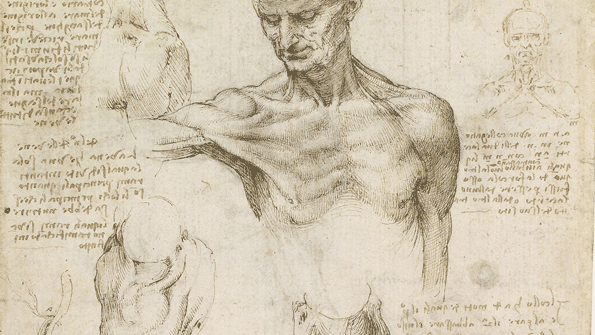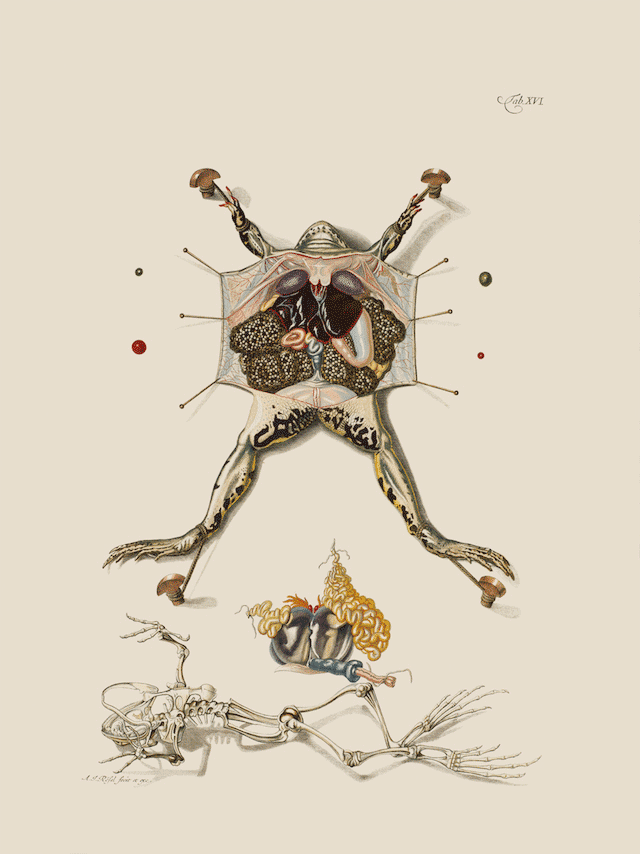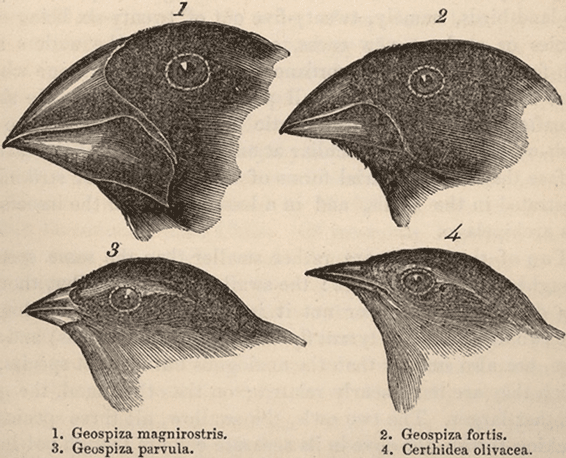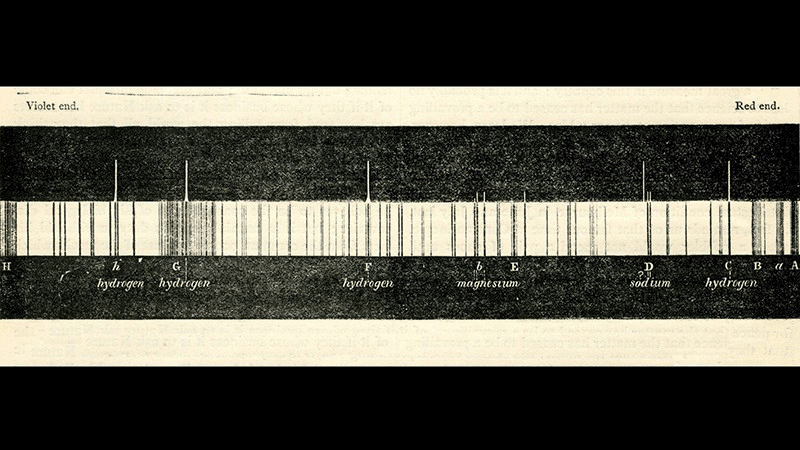Historically, art has been a way to capture history, depict stunning vistas, and provide aesthetic pleasure. The production and appreciation of art remained linked to societal status and wealth for centuries, and artistic pursuits received their funding and commissions from churches, government institutions, and wealthy patrons. Up until the late 14th century, modern science, unlike art, was still a controversial study, and certain elements (particularly physiology and the natural sciences) became dangerous to publicly study.
The Italian Renaissance brought a renewed focus and fervor for the arts, sciences, and academic achievements, leading to major shifts in the understanding of the world. Helmed by many nobles, perhaps no more so than the Medici family, master artists were brought up into the upper echelon of society, and their work elevated in stature. The study of Humanism informed many artists and their artistic pursuits. Artists like Michelangelo, Raphael, Donatello, and Titian gained notoriety for their accurate renderings of the human form and their ability to capture dynamic scenes and figures.
Of these great masters, Leonardo da Vinci stood out for his dual focus on the sciences and art. For a large portion of his career, da Vinci painted subjects for his patrons, but he quickly proved multi-talented and provided architectural and engineering advice as well. Da Vinci, known for his ravenous hunger for knowledge, became fascinated by the sciences, and in the 1500’s, he started to explore scientific illustration. His fascination with the human form consumed his focus, leading him to conduct dissections and created detailed sketches of cadavers. His studies are some of the earliest and most accurate examples of anatomical diagrams. His work not only explored proportions of the human body, see the Vitruvian Man for example, but also the inner workings and mechanics of the bodily systems. He published very few of these sketches at the time, but this compendium of work informed the people that followed in his footsteps.

The onset of the Italian Renaissance brought a new marriage between art and science in Europe. The academic circles opened their doors to artists, and with figures like Leonardo da Vinci, scientific advancements scattered throughout Europe. Da Vanci’s machine sketches alone added significantly to the studies of flight, hydrology, and migration. While many of his projects were never built, or were lost to time, modern reproductions show them to be practical and feasible. After his death, manuscripts showed his intent on writing works arguing painting as a science, thus furthering his intent to truly combine two of his biggest passions.
This age of discovery and the collaboration of arts and sciences continued throughout the 16th century. Figures like Copernicus, though more scientist than artist, used artistic sketches to better convey his model of a heliocentric solar system. While these serve as a geometric analysis of his hypothesis, there is something beautiful about the simplicity of the lines and forms produced by mathematical accuracy.
The next era of great importance is the Age of Enlightenment and a more globalized world that gave rise to even more discoveries. This period can be marked by a larger interest in academics on a more widespread scale. Art and culture were no longer reserved for the upper levels of society, but became more accessible to the middle class. The sciences also became a prominent field of study at this time. Academies thrived during this period, and with this newfound popularity, the first scientific journals were published in addition to updated atlases and dictionaries. The intellectual revolutions taking place required more scientific illustrations to be commissioned by master artists. Because photography had not yet been discovered, artists were relied upon to create accurate carvings, sketches, etc. for use in these publications.

From the Enlightenment into the 19th century, Naturalism became a quite popular subject for scientists. Early sketches of living creatures can be found as early as the 1700’s in Europe and in Asia. Maruyama Okyo, an accomplished artist in Japan, was also one of the few in the region who was known to create these images. In the mid 1800s, naturalists like Charles Darwin expanded upon previous studies of the natural world. The highly detailed sketches of Darwin’s specimens allowed him to make inferences and observations that eventually led to his theory of evolution.

The 1800s also saw an advance in the methods scientific journals used in their illustration processes. Lithographs gained popularity, created by carving very finely grained sandstone and then inking the surfaces. At first, only black and white images spread (unless hand painted), but three colour lithographic printing eventually allowed for reproducible colour images. The mid to late 1800s solidified the need for detailed scientific illustrations, and gave some more esoteric sciences a graphical representation. Once photographic technologies became more accessible, scientific illustration faded, but it never completely disappeared. Today, many scientific textbooks still use lithographs, 3-d rendered images, and other illustrative techniques.

The symbiosis between the arts and sciences has created a centuries long relationship that continues today. Without visual analysis and the discerning eye of an artist, the history of scientific feats and specimens would be lost to time. More importantly, the long history of scientific illustration allows scientists and artists to capture contemporary subjects of their time for future generations. Some places and animals now only exist in these illustrations, forever capturing them in an artistic stasis.
